Understanding Fabric Grain for More Efficient Sewing
When diving into the world of sewing, one of the most crucial concepts to grasp is fabric grain. It’s not just a fancy term thrown around by seasoned sewists; understanding fabric grain can dramatically elevate your sewing game. Imagine crafting a garment that fits like a glove and flows seamlessly with your movements—this is the magic that mastering fabric grain can bring to your projects. So, what exactly is fabric grain, and why should you care? Let's unravel this essential aspect of sewing and discover how it can lead to more efficient and enjoyable crafting experiences.
At its core, fabric grain refers to the direction of the threads in woven fabric. Picture a piece of fabric as a beautifully woven tapestry, where each thread plays a vital role in determining how the fabric behaves. The orientation of these threads—lengthwise, crosswise, and bias—affects everything from the drape of your garment to its overall strength and durability. By understanding these different types of grain, you can make informed decisions about pattern placement, cutting, and sewing techniques, ultimately leading to better results in your sewing projects.
Now, you might be wondering, "Why does it matter so much?" Well, recognizing the significance of fabric grain is crucial for achieving the desired fit and drape of your garments. For instance, sewing along the lengthwise grain can enhance the stability of your pieces, while working with the bias grain can introduce beautiful flow and movement. It's like knowing the secret sauce to a delicious recipe; once you understand how to work with fabric grain, you’ll unlock a world of possibilities in garment construction.
So, whether you're a novice sewist or a seasoned pro, understanding fabric grain is key to elevating your sewing projects. In the following sections, we will delve deeper into the different types of fabric grain, their importance, and how to work with them effectively. Get ready to transform your sewing experience and create garments that not only look great but also feel fantastic!
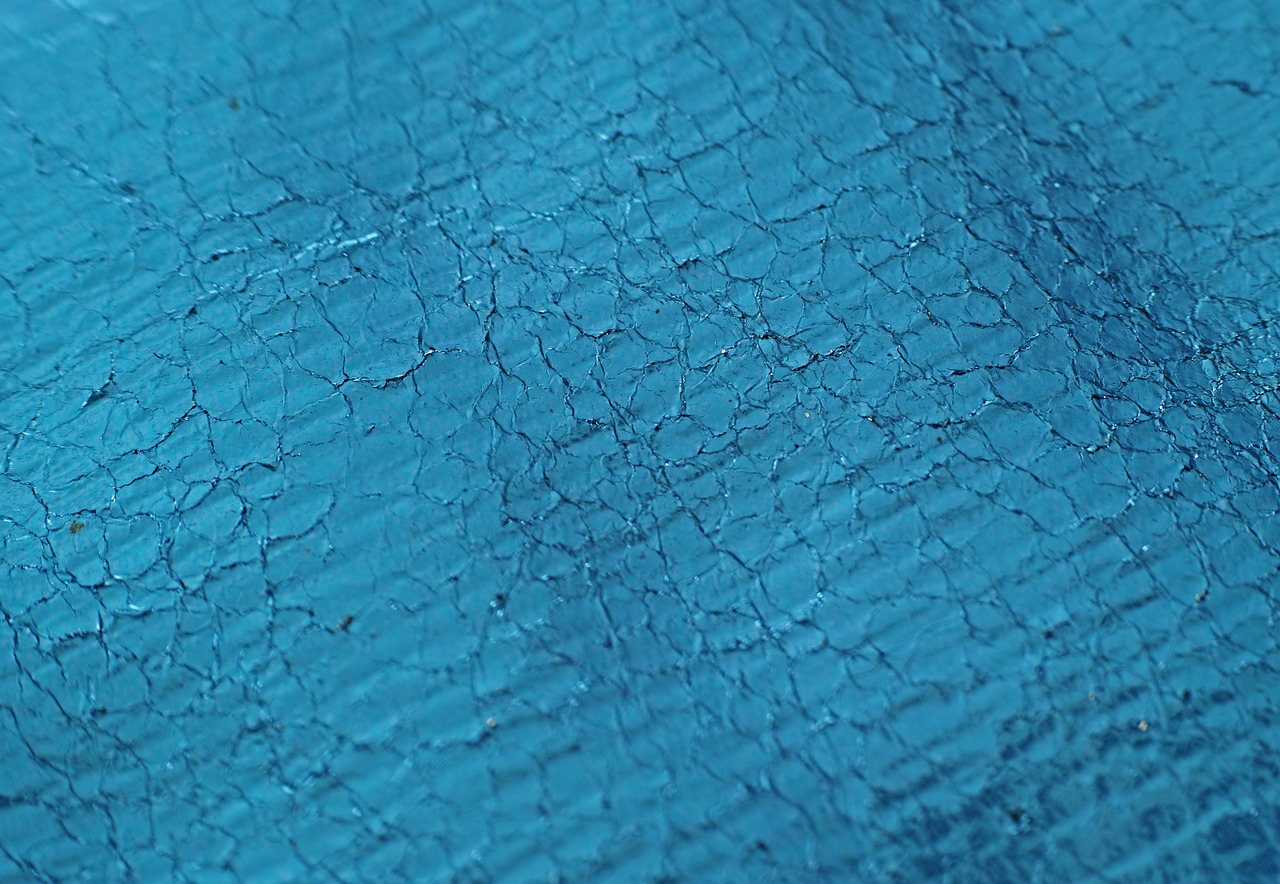
The Basics of Fabric Grain
Fabric grain is a fundamental concept in the world of sewing that every enthusiast should grasp. Essentially, it refers to the direction of the threads in woven fabric, which can significantly influence how the fabric behaves during cutting, sewing, and wearing. Think of fabric grain as the roadmap for your sewing journey; understanding it can lead to more successful projects and a better fit in your garments. There are three primary types of grain you need to be aware of: lengthwise grain, crosswise grain, and bias grain.
The lengthwise grain runs parallel to the selvage, which is the finished edge of the fabric. This direction is considered the strongest and most stable, providing the best support for your garment. On the other hand, the crosswise grain runs perpendicular to the lengthwise grain. This direction tends to have a bit more give and can affect how the fabric drapes and moves. Finally, there's the bias grain, which runs diagonally across the fabric. This grain direction offers unique properties, such as increased stretch and a lovely drape, making it popular for certain styles and designs.
Understanding these different types of grain is crucial for several reasons. For starters, they can affect the fit of your garments. If you cut your fabric pieces against the grain, you might find that the finished product doesn't hang or fit as intended. Additionally, the grain can impact the drape of the fabric, which is particularly important for flowy dresses or fitted garments. In essence, knowing how to work with fabric grain can elevate your sewing skills and lead to professional-looking results.
To give you a clearer picture of how these grains work, here's a quick comparison:
| Type of Grain | Direction | Characteristics | Best Uses |
|---|---|---|---|
| Lengthwise Grain | Parallel to the selvage | Strong and stable | Skirts, pants, structured garments |
| Crosswise Grain | Perpendicular to the lengthwise grain | More flexible, drapes differently | Tops, blouses, casual wear |
| Bias Grain | Diagonal across the fabric | Stretches and drapes beautifully | Dresses, skirts, any design requiring flow |
In summary, understanding fabric grain is not just a technical detail; it's a vital aspect of sewing that can transform your projects from mediocre to magnificent. By paying attention to the direction of your fabric threads, you can ensure that your garments not only fit well but also look stunning. So, the next time you embark on a sewing adventure, remember to consult the fabric grain—it might just be the secret ingredient to your sewing success!
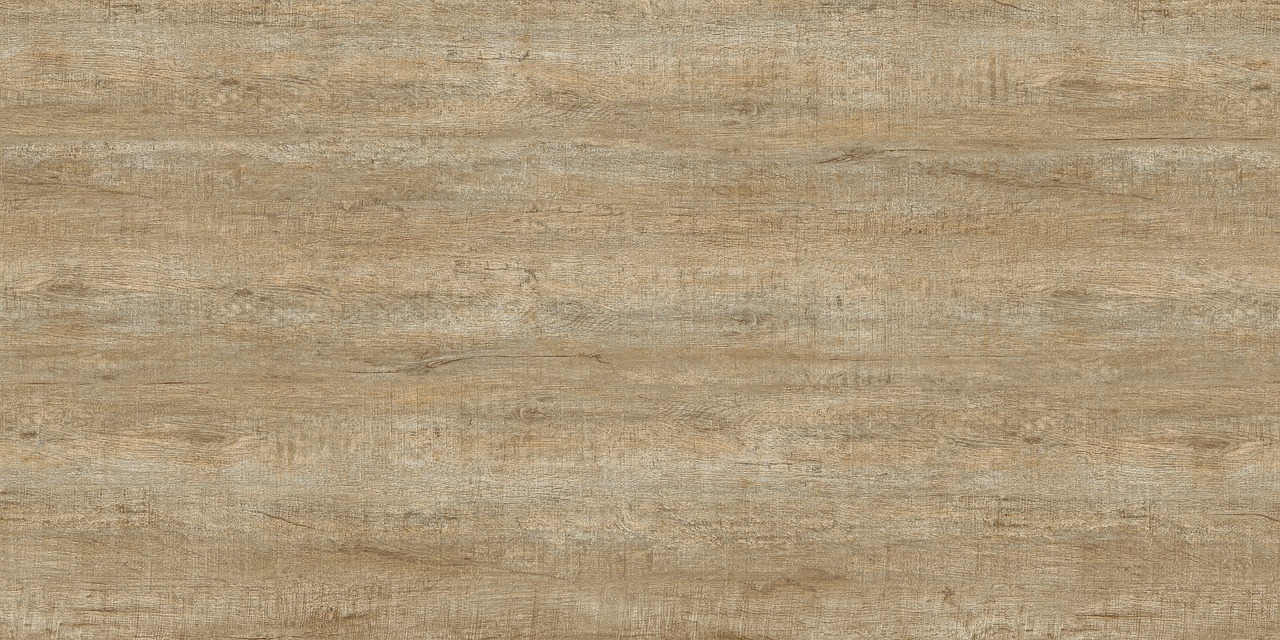
Importance of Fabric Grain in Sewing
Understanding fabric grain is not just a technicality; it's a game-changer in the world of sewing. The fabric grain affects everything from how a garment fits to how it drapes on the body. When you choose the right grain, you’re not just following rules; you’re setting yourself up for success. Have you ever worn a dress that just didn’t hang right? That could be due to a misalignment with the fabric grain. Recognizing the significance of fabric grain is crucial for achieving the desired fit and aesthetic appeal of your sewing projects.
When we talk about fabric grain, we’re essentially discussing the direction of the threads in the fabric. This direction influences how the fabric behaves when it’s cut, sewn, and worn. For instance, garments cut along the lengthwise grain tend to hold their shape better, while those cut along the bias can drape beautifully but may stretch out of shape if not handled carefully. Understanding these nuances can help you make informed decisions about pattern placement and cutting techniques.
Moreover, the grain can affect the overall structure and appearance of finished garments. For example, if you’re sewing a fitted blouse, aligning the pattern pieces with the lengthwise grain ensures that the blouse retains its shape and fits snugly. Conversely, if you want a flowing dress that moves with you, cutting on the bias can add that extra flair. The choice of grain can transform a simple pattern into a masterpiece, showcasing your skills as a sewist.
Another important aspect is how grain impacts the fabric's stretch and recovery. Fabrics behave differently depending on the grain direction. For instance, knits have a natural stretch along the lengthwise grain, which can be beneficial when sewing fitted garments. On the other hand, woven fabrics might have different characteristics, like a crisp finish along the crosswise grain. Understanding these properties can help you avoid frustrating surprises when your garment doesn’t turn out as expected.
In summary, the importance of fabric grain in sewing cannot be overstated. It plays a critical role in determining the fit, drape, and overall quality of your finished projects. By paying attention to the grain direction and its implications, you can enhance your sewing skills and create garments that not only look good but also fit well and stand the test of time.
- What happens if I cut my fabric against the grain? Cutting against the grain can lead to distortion, uneven drape, and a poor fit. Always aim to align your patterns with the appropriate grain.
- Can I mix different grains in one project? Yes, but it requires careful planning. Mixing grains can create interesting design elements, but be mindful of how each grain behaves.
- How can I identify the grain direction? The selvage edge of the fabric indicates the lengthwise grain. The crosswise grain runs perpendicular to this edge.
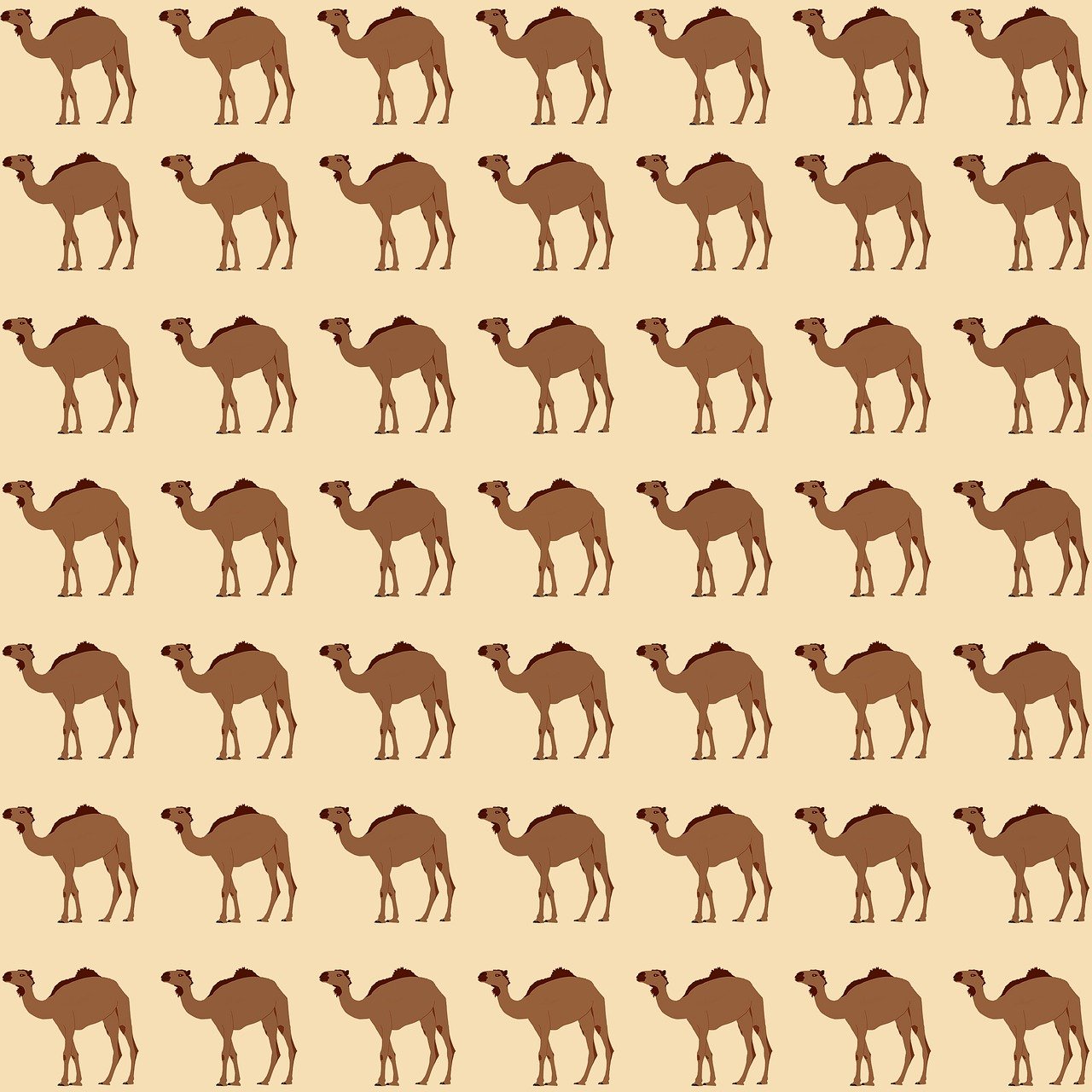
Lengthwise Grain
The of fabric is a fundamental concept every sewist should grasp. It runs parallel to the selvage edge, which is the finished edge of the fabric that prevents it from unraveling. This direction is often considered the strongest part of the fabric, providing stability and structure to your sewing projects. When you cut your fabric along the lengthwise grain, you're essentially utilizing the tightest and most resilient threads, which can significantly enhance the durability of your garments.
Understanding the characteristics of lengthwise grain can influence not only how your garment looks but also how it performs. For instance, garments cut along the lengthwise grain tend to hang better and maintain their shape over time. This is particularly important in items like trousers or dresses where fit is crucial. Imagine trying to wear a pair of pants that sag or lose their shape after just a few hours—nobody wants that! Therefore, aligning your patterns with the lengthwise grain can be a game-changer in achieving that perfect fit.
When placing your patterns, remember to pay attention to the grainlines marked on them. These lines indicate the direction in which the fabric should be cut. Ignoring these guidelines can lead to serious issues, such as distortion or an unflattering fit. For example, if you were to cut a dress on the crosswise grain instead of the lengthwise grain, you might find that it doesn't drape as intended, leading to a less polished appearance.
Here’s a quick overview of the benefits of using lengthwise grain:
- Durability: Lengthwise grain enhances the strength of seams, making garments last longer.
- Stability: It helps maintain the shape and structure of the finished piece.
- Better Fit: This grain direction allows for a more flattering silhouette.
However, many sewists make common mistakes when working with lengthwise grain. One prevalent error is cutting fabric without considering the grain direction, leading to garments that twist or fit poorly. To avoid this pitfall, always double-check your fabric layout before making any cuts. Another mistake is using the lengthwise grain for all pattern pieces without considering the fabric type. Some fabrics, like knits, may behave differently, and understanding how lengthwise grain interacts with the fabric can yield better results.
In conclusion, mastering the lengthwise grain is essential for anyone serious about sewing. It not only improves the quality of your finished garments but also enhances your overall sewing experience. So, the next time you embark on a sewing project, remember to respect the lengthwise grain—it might just be the secret ingredient to your sewing success!
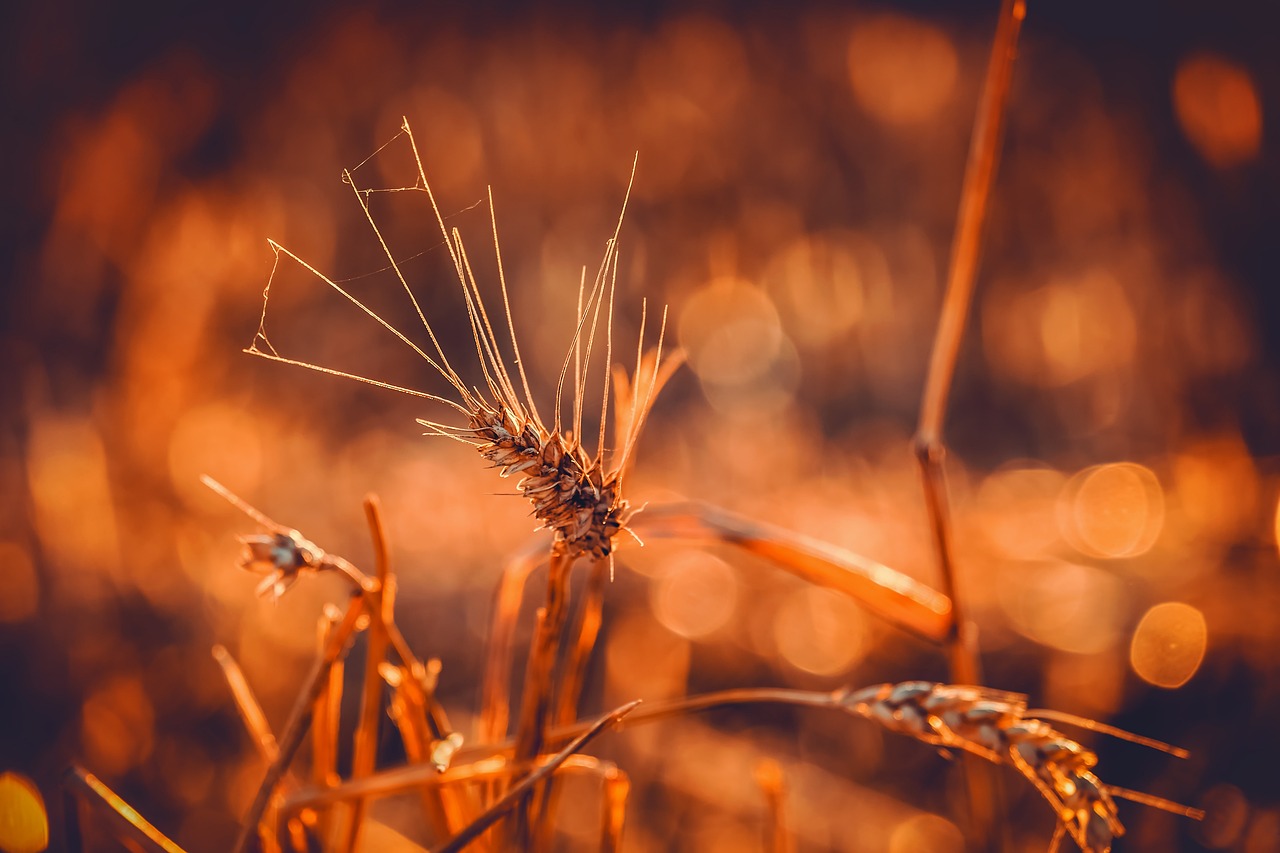
Benefits of Using Lengthwise Grain
When it comes to sewing, understanding the lengthwise grain of fabric is like knowing the secret sauce to a great recipe. It’s not just about sewing; it’s about achieving the perfect fit and finish for your garments. The lengthwise grain, which runs parallel to the selvage, is the strongest direction of the fabric. This strength translates into several key advantages that can elevate your sewing projects from ordinary to extraordinary.
One of the primary benefits of using lengthwise grain is durability. When you cut your pattern pieces along this grain, you're essentially leveraging the fabric's natural strength, which helps garments withstand wear and tear over time. Imagine wearing a dress that feels sturdy and holds its shape, even after multiple washes. That’s the magic of lengthwise grain!
Additionally, garments cut on the lengthwise grain tend to have a more structured appearance. This is crucial for items like tailored jackets or fitted dresses, where structure is essential for a polished look. The fabric drapes nicely, creating clean lines that enhance your silhouette. Think of it as the backbone of your garment; without it, the whole structure could flop, leading to a less flattering fit.
Another advantage is stability. Patterns cut along the lengthwise grain are less likely to stretch out of shape during sewing. This stability is particularly beneficial when working with intricate designs that require precision. You want your seams to align perfectly, right? By sticking to the lengthwise grain, you can achieve that level of accuracy.
Moreover, the lengthwise grain allows for better pattern placement. When you’re working with prints or patterns, aligning them correctly is crucial for visual appeal. Cutting along the lengthwise grain ensures that your patterns will line up as intended, giving your finished garment a professional look. Imagine the satisfaction of wearing a dress where the floral print matches perfectly at the seams!
In summary, the benefits of using lengthwise grain are multifaceted:
- Durability: Enhances the longevity of garments.
- Structured Appearance: Provides a polished, tailored look.
- Stability: Reduces the risk of stretching during sewing.
- Better Pattern Placement: Ensures prints align beautifully.
By understanding and utilizing the lengthwise grain effectively, you can significantly improve your sewing outcomes. So, the next time you’re about to cut your fabric, remember: grain matters! It’s not just a technical detail; it’s a game-changer for your sewing projects.
Q: Why is it important to cut fabric on the lengthwise grain?
A: Cutting on the lengthwise grain maximizes the fabric's strength, stability, and overall appearance, resulting in garments that hold their shape and look polished.
Q: Can I use lengthwise grain for all types of fabrics?
A: While lengthwise grain is beneficial for many fabrics, some stretchy or lightweight materials may require different approaches. Always consider the fabric type and its properties.
Q: How do I identify the lengthwise grain on my fabric?
A: The lengthwise grain runs parallel to the selvage, which is the finished edge of the fabric. You can also stretch the fabric slightly; the direction that doesn’t stretch much is the lengthwise grain.
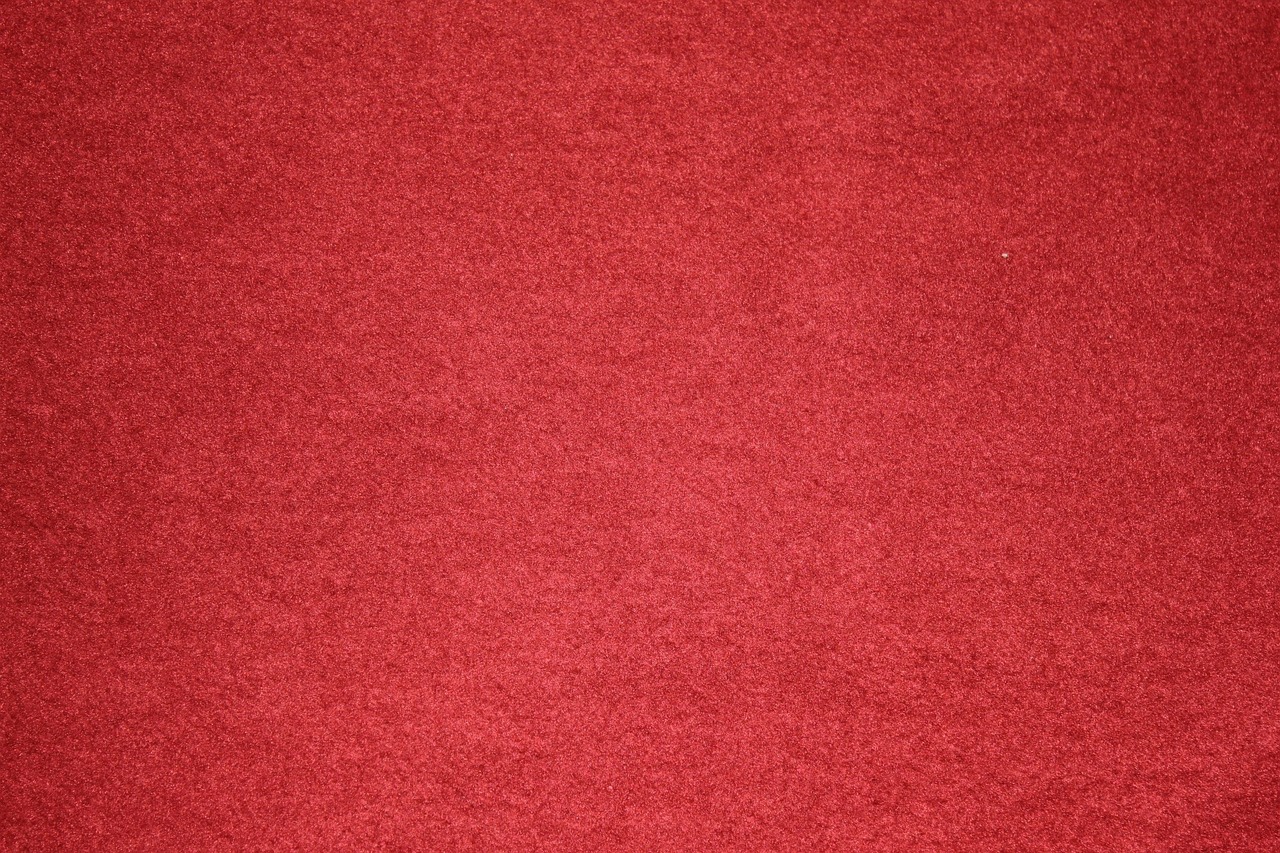
Common Mistakes with Lengthwise Grain
When it comes to sewing, one of the most prevalent errors that sewists make is misunderstanding the importance of lengthwise grain. Many people jump into their projects without giving much thought to how the fabric's grain can affect the final outcome. This oversight can lead to garments that don't hang properly or fit as intended. For instance, if you cut your pattern pieces against the lengthwise grain, you may end up with a garment that stretches out of shape or drapes awkwardly. It’s like trying to build a house on a shaky foundation; it just won’t hold up!
Another common mistake is ignoring the selvage edge. The selvage is the tightly woven edge of the fabric that runs parallel to the lengthwise grain. Many sewists cut their fabric without considering this edge, which can lead to distortion in the fabric. When you cut your pattern pieces too close to the selvage, the fabric may pull or warp, resulting in a garment that doesn't fit right. Always remember to leave a little room when cutting to give your fabric the stability it needs.
Additionally, some sewists fail to mark the grainline on their patterns before cutting. This step is crucial because it helps ensure that each piece is cut in the correct direction. If you skip this, you might cut some pieces on the lengthwise grain and others on the crosswise grain, leading to inconsistencies in how the fabric behaves. Imagine trying to assemble a puzzle with pieces that don’t fit together; that’s what it feels like when your pattern pieces are mismatched!
Lastly, a significant mistake is not considering the fabric type in relation to the grain. Some fabrics, like knits, have a natural stretch that can affect how they behave when sewn along the lengthwise grain. If you’re working with a fabric that has less give, like denim or canvas, sticking to the lengthwise grain is essential for maintaining the garment's structure. Always check the fabric's properties before deciding how to cut your pieces.
To summarize, here are a few key points to remember about common mistakes with lengthwise grain:
- Cutting against the lengthwise grain can distort the fit.
- Ignoring the selvage can lead to fabric warping.
- Failing to mark the grainline can cause mismatched pieces.
- Not considering fabric type can affect the garment's structure.
By being mindful of these common pitfalls, you can elevate your sewing skills and create garments that not only look great but also fit beautifully!
Q: What is the lengthwise grain?
A: The lengthwise grain refers to the threads that run parallel to the selvage of the fabric. It is the strongest direction and is crucial for achieving the desired fit and drape in sewing.
Q: How can I tell if I'm cutting on the lengthwise grain?
A: To ensure you're cutting on the lengthwise grain, look for the selvage edge of the fabric. Your pattern pieces should be aligned parallel to this edge.
Q: What happens if I cut my fabric against the grain?
A: Cutting against the grain can lead to garments that stretch out of shape, hang poorly, and may not fit as intended. It’s best to always cut along the grain for optimal results.
Q: Can I use lengthwise grain for all types of fabric?
A: While lengthwise grain is suitable for most fabrics, some stretchy materials, like knits, may require special handling. Always consider the fabric's properties before cutting.
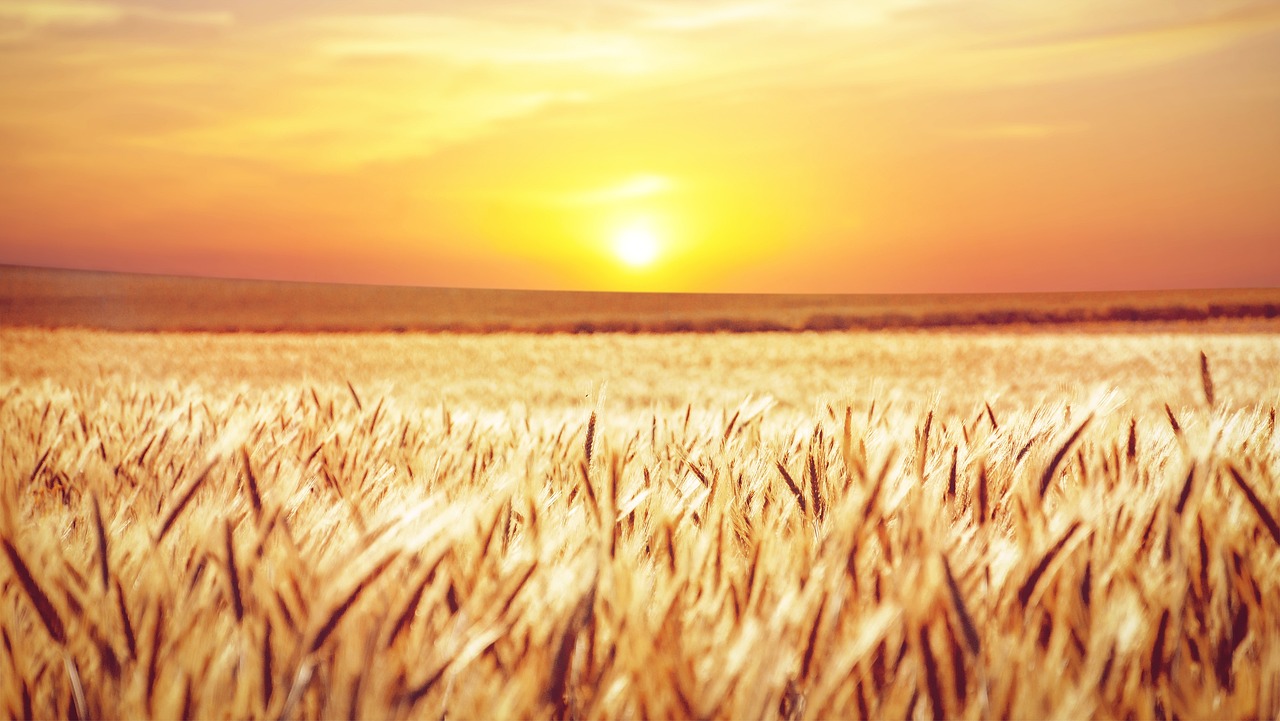
Crosswise Grain
The is an essential concept in sewing that refers to the direction of the threads running perpendicular to the lengthwise grain. This grain is crucial for understanding how fabric behaves, especially when it comes to drape and fit. When you think about the structure of woven fabrics, imagine the threads weaving together to form a sturdy yet flexible foundation. The crosswise grain often possesses unique characteristics that can greatly influence the overall look and feel of your finished garment.
One of the most interesting aspects of crosswise grain is that it often has a different amount of stretch compared to the lengthwise grain. This can be particularly beneficial when designing garments that require a bit of give, such as shirts or dresses. For example, if you’re working with a fabric that has a lot of stretch in the crosswise direction, you can use this to your advantage to create a more comfortable fit. However, this also means that you need to be cautious about how you place your patterns, as cutting along the crosswise grain can lead to unexpected results if not done correctly.
When working with the crosswise grain, consider the following:
- Fit: The crosswise grain can affect how a garment fits the body. It may provide a looser feel compared to the lengthwise grain, which can be beneficial for certain styles.
- Movement: Garments cut on the crosswise grain often allow for more freedom of movement, making them ideal for activewear or casual clothing.
- Drape: The drape of the fabric can change dramatically when cut on the crosswise grain. This can create beautiful flowing lines in skirts and dresses.
To illustrate the differences between the various grains, consider the following table:
| Grain Type | Direction | Characteristics |
|---|---|---|
| Lengthwise Grain | Parallel to selvage | Strongest direction, minimal stretch |
| Crosswise Grain | Perpendicular to lengthwise | Moderate stretch, more drape |
| Bias Grain | Diagonal to selvage | Maximum stretch, fluid drape |
Incorporating the crosswise grain into your sewing projects can lead to a more dynamic and aesthetically pleasing result. However, it is important to be aware of its properties and how they interact with the overall design of the garment. As you gain experience, you’ll start to intuitively understand when to harness the power of the crosswise grain to create garments that not only fit well but also move beautifully with the wearer.
In conclusion, mastering the crosswise grain is a game-changer for any sewist. It opens up a world of possibilities for fit, movement, and drape, allowing you to create garments that are not just functional but also stylish. So next time you’re planning your sewing project, take a moment to consider how the crosswise grain can enhance your design!
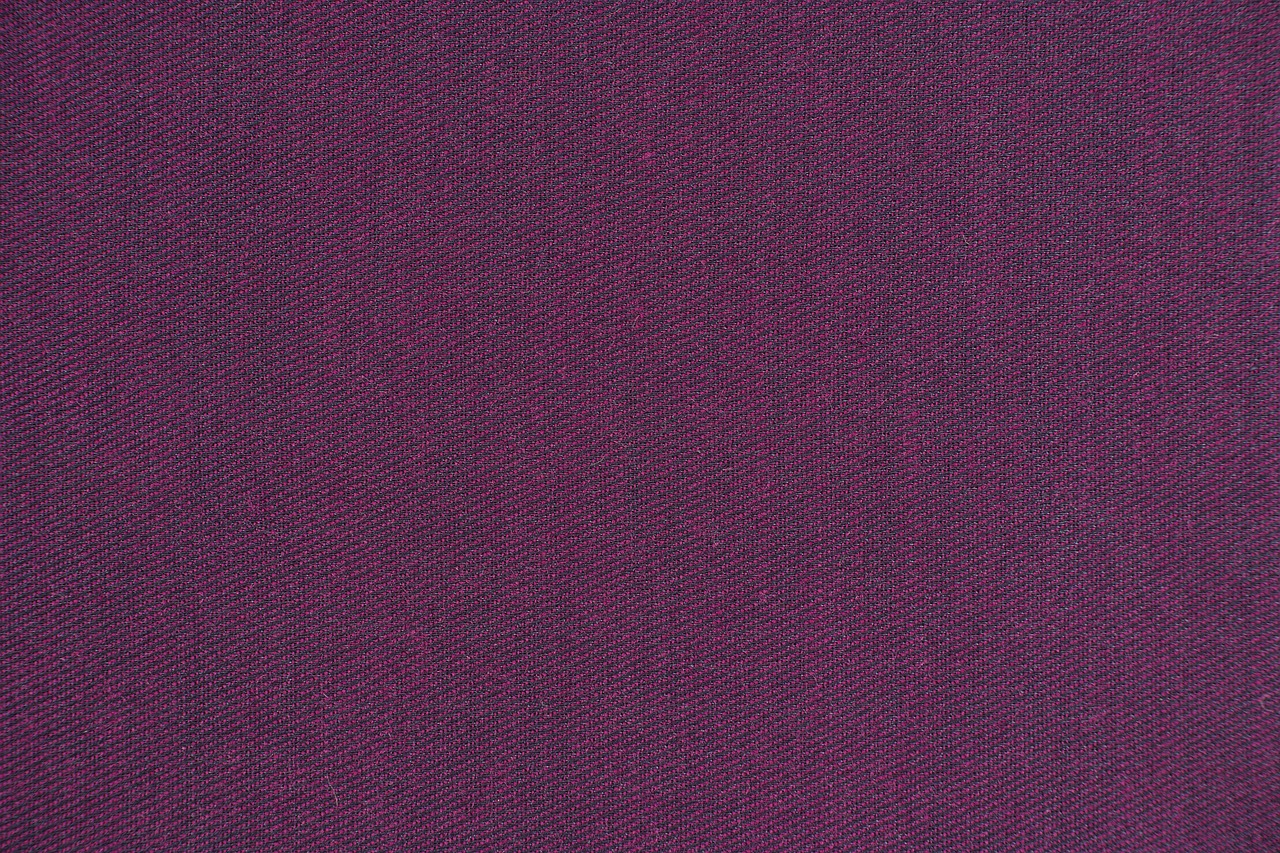
Working with Bias Grain
When it comes to sewing, understanding bias grain is like unlocking a treasure chest of creative possibilities. Bias grain runs diagonally across the fabric, and it can transform your projects in ways you might not expect. Have you ever noticed how a dress flows beautifully when it’s cut on the bias? That’s the magic of bias grain at work! It allows the fabric to stretch and drape in a way that enhances the overall silhouette, making it a favorite among designers and sewists alike.
Utilizing bias grain can give your garments a flattering fit and an elegant movement, which is particularly beneficial for dresses and skirts. However, working with bias also requires a bit of finesse. The fabric can be slippery and may stretch out of shape if not handled properly. So, what should you keep in mind when working with bias grain? Here are some key points:
- Preparation is Key: Before you start cutting, it’s essential to prepare your fabric. Prewash it to prevent any surprises later on, and iron it to remove wrinkles.
- Use the Right Tools: A rotary cutter and a cutting mat can make your life easier when cutting on the bias. They help ensure clean, accurate cuts.
- Stabilize as Needed: Depending on the fabric type, you might want to use stay tape or interfacing to stabilize seams and prevent stretching.
One of the most compelling reasons to embrace bias grain is its ability to create stunning designs. For instance, bias-cut garments often feature a flowing drape that hugs the body in all the right places. Think of a bias-cut slip dress that skims over curves like water—it's not just a garment; it's a statement! However, while bias grain offers many advantages, it’s also important to be aware of the challenges it can present.
Working with bias grain can sometimes feel like walking a tightrope. On one hand, you have the potential for gorgeous results; on the other, you might encounter issues such as stretching or distortion. The key is to approach your sewing project with a plan:
- Cutting: Always cut your fabric carefully and avoid pulling or tugging at the edges.
- Seaming: Use a longer stitch length to allow for some give, and consider using a walking foot to help manage the fabric layers.
- Finishing: Finish your seams properly to prevent fraying, especially since bias edges can be more prone to wear.
In summary, working with bias grain can elevate your sewing projects to a whole new level. By understanding its unique properties and being mindful of the challenges, you can create garments that not only look fantastic but also fit beautifully. So, next time you’re planning a sewing project, don’t shy away from the bias—embrace it and let your creativity flow!
Q: What is bias grain?
A: Bias grain refers to the diagonal direction of the fabric, which allows for unique stretch and drape qualities.
Q: Why should I use bias grain in my sewing projects?
A: Using bias grain can enhance the fit and drape of garments, creating a flattering silhouette and beautiful movement.
Q: What challenges might I face when working with bias grain?
A: Common challenges include fabric stretching out of shape and difficulty in cutting accurately. Proper preparation and tools can help mitigate these issues.
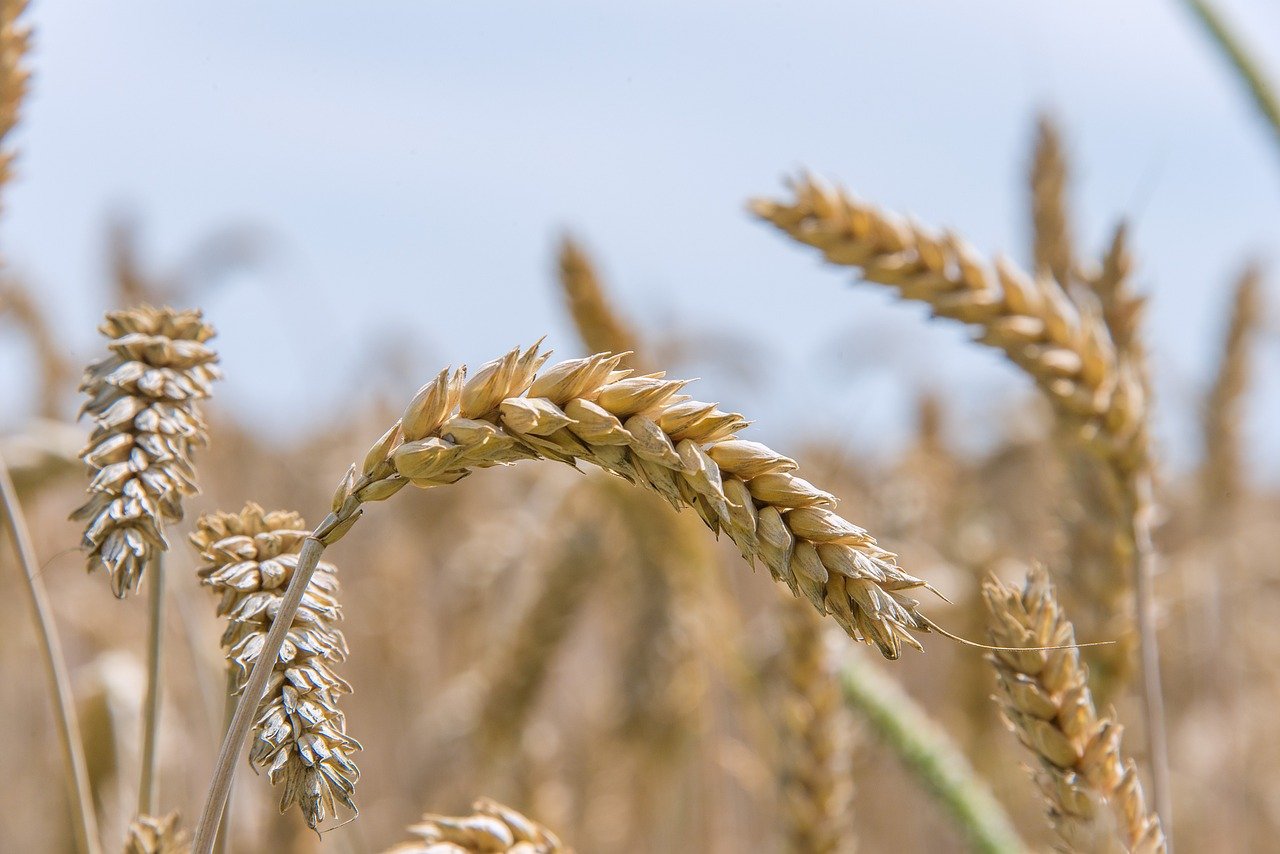
Advantages of Bias Grain
When it comes to sewing, understanding the can open up a world of creative possibilities. Bias grain refers to the diagonal direction of the fabric, which is often overlooked by many sewists. However, when you embrace this unique orientation, you can achieve results that are not only aesthetically pleasing but also functionally superior. So, why should you consider using bias grain in your sewing projects? Let’s dive into the benefits!
First and foremost, sewing on the bias allows for a flattering fit. The diagonal stretch of the fabric can hug curves in a way that straight grain cannot. This means that garments made with bias cuts tend to drape beautifully over the body, creating a silhouette that enhances natural shapes. Think of it as a gentle embrace rather than a stiff, structured shell. This quality is especially beneficial for garments like dresses and skirts where movement and flow are essential.
Another key advantage is the increased drape that bias grain provides. When fabric is cut on the bias, it has a natural tendency to flow and fall softly. This can be particularly advantageous for fabrics like silk or rayon, where you want to showcase the material's luxurious qualities. Imagine a flowing gown that glides with every step you take—this is the magic of bias grain!
Moreover, bias-cut fabrics can also help to minimize the appearance of imperfections in the fabric or the wearer. Since bias cuts contour to the body, they can help disguise areas that you might prefer to downplay. This is why many designers opt for bias cuts in their collections, as they can create a more polished and flattering look.
However, it’s not just about aesthetics; the bias grain also offers versatility in design. You can create interesting shapes and styles that wouldn’t be possible with straight grain cuts. For instance, bias-cut necklines or sleeves can add a unique twist to a classic design. This opens up a treasure trove of possibilities for those looking to experiment with their sewing projects.
To summarize the advantages of working with bias grain, here are some key points:
- Flattering fit that hugs curves
- Enhanced drape for a graceful silhouette
- Helps disguise imperfections
- Offers design versatility for creativity
In conclusion, while sewing with bias grain may require a bit more skill and attention, the results are often worth the effort. Whether you’re crafting a stunning evening gown or a casual top, incorporating bias cuts can elevate your garments to a whole new level. So, next time you’re planning a project, consider the magic of bias grain and let your creativity flow!
1. What is bias grain?
Bias grain refers to the diagonal direction of the fabric, which runs at a 45-degree angle to the selvage. This orientation provides unique properties, such as stretch and drape.
2. Why should I use bias grain in my sewing projects?
Using bias grain can enhance the fit and drape of your garments, allowing for a more flattering and flowing silhouette. It also offers design versatility for creative styles.
3. Are there any challenges when sewing on the bias?
Yes, sewing on the bias can be tricky as the fabric may stretch or distort. It requires careful handling and sometimes additional techniques like stay stitching to maintain the shape.
4. Can all fabrics be cut on the bias?
While many fabrics can be cut on the bias, it’s best suited for those that have some drape, like silk, rayon, or lightweight cotton. Stiffer fabrics may not yield the same beautiful results.
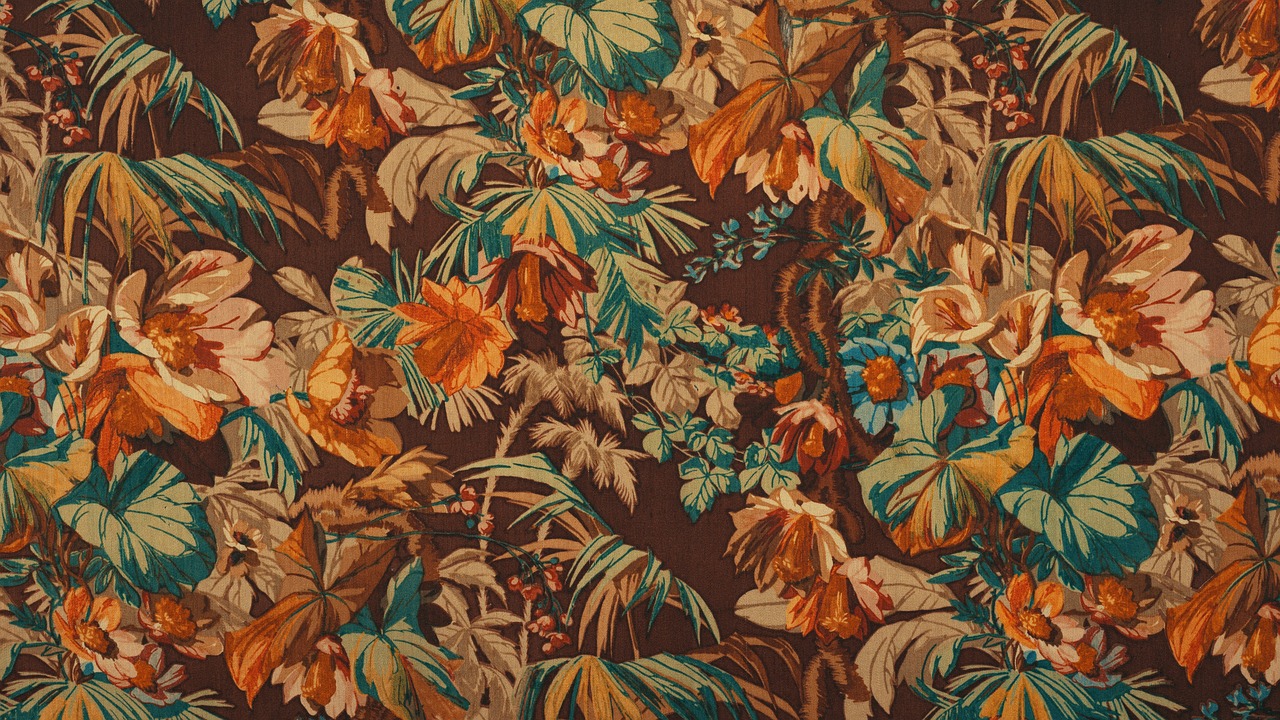
Challenges of Bias Grain
Working with bias grain can be a double-edged sword; while it offers stunning drape and a flattering silhouette, it also comes with its own set of challenges that can leave even seasoned sewists scratching their heads. One of the most significant issues is the stretchiness of the bias. Unlike lengthwise and crosswise grains, bias grain has the tendency to stretch out more, especially when handling heavier fabrics. This means that if you're not careful, your garment could end up distorted, leading to frustrating fitting issues.
Another challenge is the slippage that can occur when cutting or sewing on the bias. When you lay your fabric out, it may not stay in place as you cut, resulting in uneven pieces that can throw off your entire project. To combat this, it's essential to use weights or pins to keep everything anchored down. Additionally, the nature of bias grain can make it tricky to maintain accurate seam allowances. If your fabric shifts even slightly, you might end up with seams that are too wide or too narrow, which can affect the final look of your garment.
Moreover, bias-cut garments often require more fabric than their straight-cut counterparts. This is because when you cut on the bias, you need a larger piece of fabric to accommodate the diagonal direction. If you're working with limited fabric or a budget, this can be a significant consideration. It's also worth noting that bias-cut pieces can be more susceptible to fraying, particularly at the edges. To mitigate this, you might want to consider using a zigzag stitch or a serger to finish your seams and prevent unraveling.
Lastly, if you're new to sewing with bias, it can be a bit intimidating. The techniques for sewing bias cuts can differ from standard methods, requiring a bit of practice to master. Whether it's learning to handle the fabric delicately or adjusting your sewing machine settings, there’s a learning curve involved. But don't let these challenges deter you! With patience and practice, you can create beautiful garments that take advantage of the unique qualities that bias grain has to offer.
In summary, while the challenges of working with bias grain can seem daunting, they are not insurmountable. By being aware of these potential pitfalls and equipping yourself with the right techniques, you can harness the beauty of bias cuts and elevate your sewing projects to new heights. So, the next time you consider using bias grain, remember that with a little extra care, you can turn those challenges into opportunities for stunning results!
- What is bias grain in fabric? Bias grain refers to the diagonal direction of the fabric, which has unique stretch and drape properties compared to lengthwise and crosswise grains.
- Why is sewing on the bias challenging? Sewing on the bias can lead to issues like stretching, slippage, and the need for more fabric, making it essential to handle it with care.
- How can I prevent bias fabric from stretching? Use weights or pins to secure the fabric while cutting, and consider using stabilizers or interfacing to provide extra support during sewing.
- Can I use any fabric for bias cuts? While many fabrics can be cut on the bias, lighter-weight fabrics often yield the best results due to their ability to drape beautifully.
Frequently Asked Questions
- What is fabric grain and why is it important?
Fabric grain refers to the direction of the threads in woven fabric. It's crucial because it affects how the fabric behaves during sewing and ultimately impacts the fit and drape of your finished garment. Understanding fabric grain can lead to better results in your sewing projects.
- What are the different types of fabric grain?
There are three main types of fabric grain: lengthwise, crosswise, and bias. Lengthwise grain runs parallel to the selvage and is the strongest direction. Crosswise grain runs perpendicular to the lengthwise grain, and bias grain runs diagonally across the fabric, offering unique stretch and drape qualities.
- How does lengthwise grain affect garment construction?
Lengthwise grain enhances the durability and shape of garments. It is the best choice for most pattern placements, as it provides stability and helps maintain the garment's intended structure. Using lengthwise grain can prevent distortion and ensure a better fit.
- What are common mistakes to avoid with lengthwise grain?
Many sewists overlook the importance of aligning their patterns with lengthwise grain, which can lead to poorly fitting garments. Common mistakes include cutting patterns against the grain or not paying attention to the fabric's natural stretch, which can affect the final look and feel of the piece.
- What role does crosswise grain play in sewing?
Crosswise grain can affect the fit and movement of a garment. It often has different properties compared to lengthwise grain, such as more stretch. Understanding how to use crosswise grain effectively can help create garments that are both comfortable and stylish.
- When should I use bias grain in my sewing projects?
Bias grain is ideal for creating garments with flattering silhouettes and enhanced drape. It's particularly useful for items like skirts, dresses, and soft blouses. However, it's important to handle bias grain carefully, as it can stretch and distort more easily than other grains.
- What are the advantages of sewing on the bias?
Sewing on the bias can create beautiful drapes and shapes that hug the body in a flattering way. It allows for more movement and can enhance the overall look of the garment. This technique is especially popular in evening wear and flowing dresses.
- What challenges might I face when working with bias grain?
While bias grain offers unique benefits, it can also present challenges like stretching out of shape during sewing. To manage this, it's essential to use techniques like stabilizing seams and handling the fabric gently. Taking your time and being mindful of the fabric's behavior will yield the best results.



















